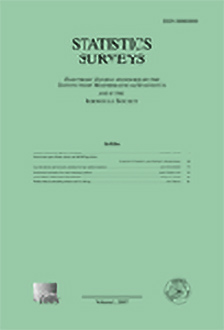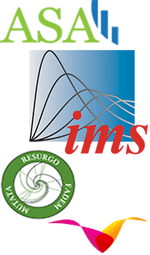Abstract
In this article, we review and compare a number of methods of spatial prediction, where each method is viewed as an algorithm that processes spatial data. To demonstrate the breadth of available choices, we consider both traditional and more-recently-introduced spatial predictors. Specifically, in our exposition we review: traditional stationary kriging, smoothing splines, negative-exponential distance-weighting, fixed rank kriging, modified predictive processes, a stochastic partial differential equation approach, and lattice kriging. This comparison is meant to provide a service to practitioners wishing to decide between spatial predictors. Hence, we provide technical material for the unfamiliar, which includes the definition and motivation for each (deterministic and stochastic) spatial predictor. We use a benchmark dataset of $\mathrm{CO}_{2}$ data from NASA’s AIRS instrument to address computational efficiencies that include CPU time and memory usage. Furthermore, the predictive performance of each spatial predictor is assessed empirically using a hold-out subset of the AIRS data.
Citation
Jonathan R. Bradley. Noel Cressie. Tao Shi. "A comparison of spatial predictors when datasets could be very large." Statist. Surv. 10 100 - 131, 2016. https://doi.org/10.1214/16-SS115
Information





